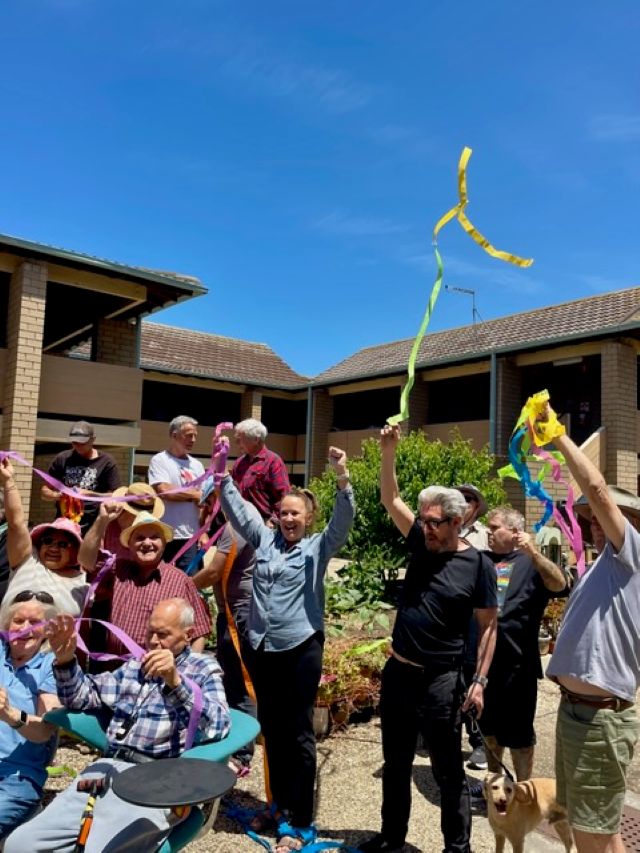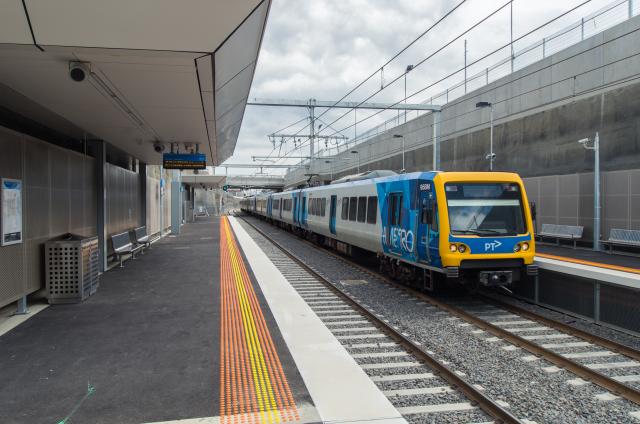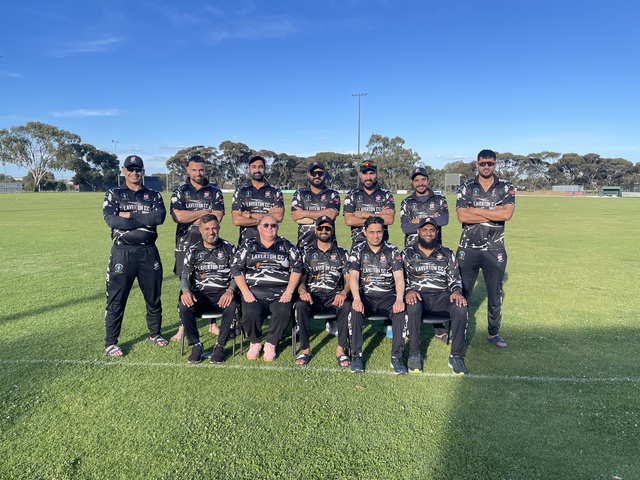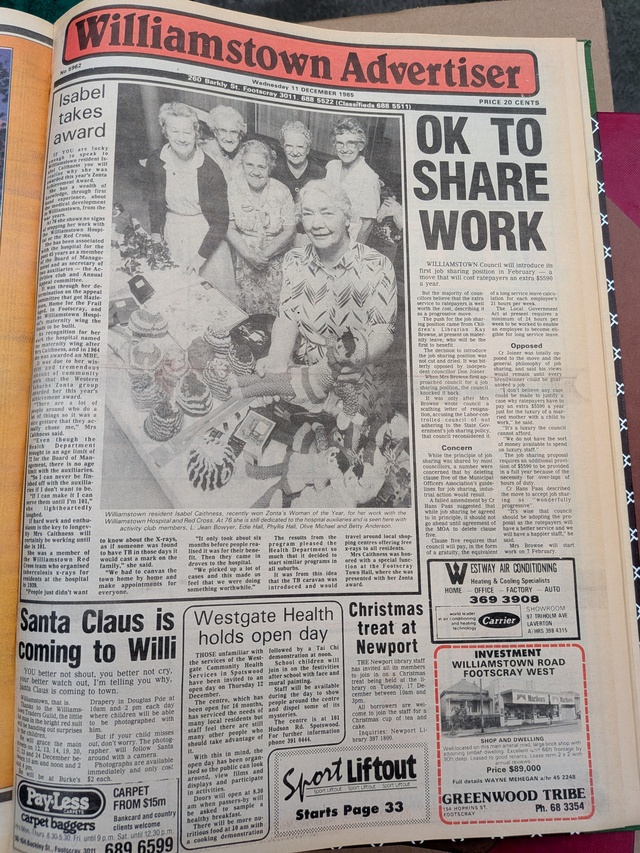Ambulance response times for life-threatening emergencies in Maribyrnong and Hobsons Bay are worse than five years ago, a report released last week shows.
The Working with Paramedics to End the Ambulance Crisis interim report by a parliamentary committee compared average ambulance response times in 2013-14 with those of 2008-09.
In Hobsons Bay, paramedics achieved the 15-minute target for code 1 incidents 79 per cent of the time in 2013-14. This was down from 87 per cent of the time in 2008-09.
In Maribyrnong, the code 1 target was met 87 per cent of the time last financial year, down from 93 per cent five years ago. Average response times for code 2 incidents increased from 20.19 minutes to 30.11 minutes.
Ambulance Employees Australia assistant secretary Danny Hill said ramping at hospitals was a “huge issue” as was a flawed dispatch system.
“It’s still happening very frequently in Sunshine and Footscray,” Mr Hill said.
“If they’re picking up someone locally, they’re most likely taken close by and crews can be ramped for hours at a time.
“Sometimes there’s 10 ambulances there, and they’re effectively treated in hospital corridors using ambulance crews and equipment.”
The Victorian Auditor-General’s report into emergency services response times, tabled in Parliament last week, found the average time taken for paramedics to respond to 90 per cent of code 1 cases had blown out from 19 minutes in 2009 to 22.4 minutes by 2014.
But Auditor-General John Doyle noted response times were not the only measure of emergency service performance.
“Other measures such as health outcomes for ambulance patients and community satisfaction are necessary to build a holistic view of effectiveness.”
Williamstown MP Wade Noonan said the government was working with paramedics to improve response times and had ended “the Liberals’ war on paramedics”.
– with Benjamin Millar and Priscilla Moca






